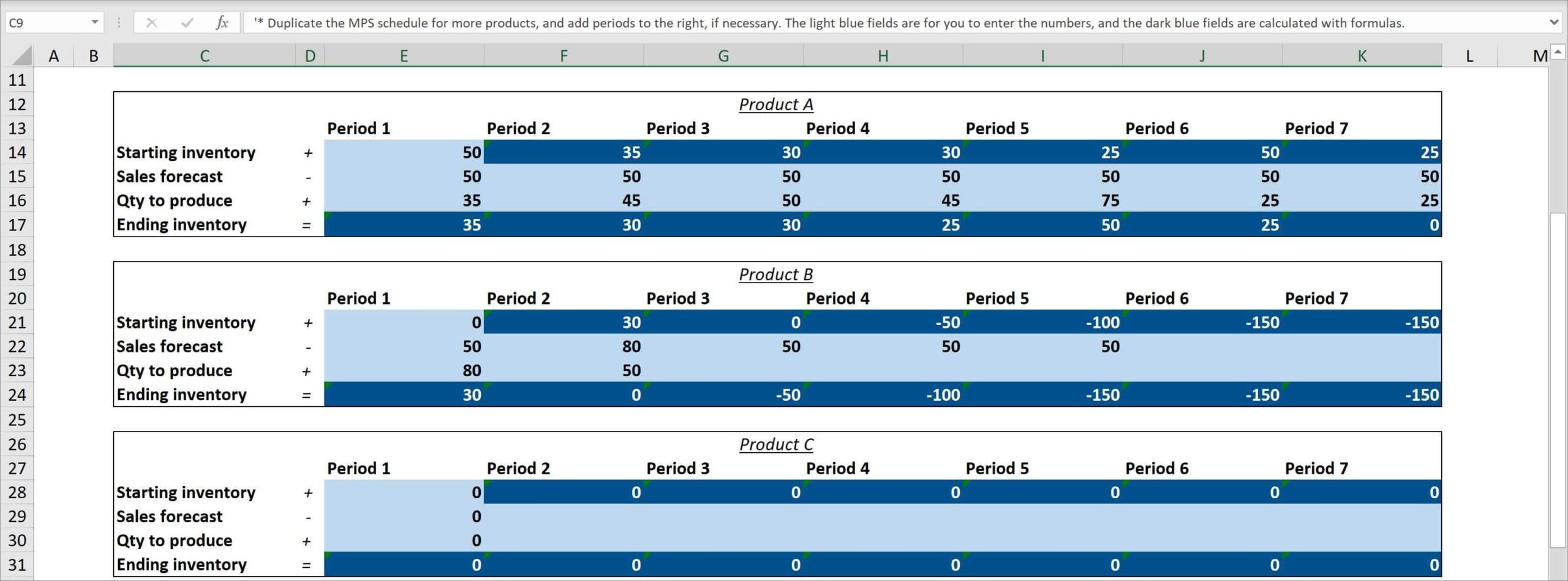When it comes to manufacturing, having a well-planned schedule is crucial for ensuring efficiency and maintaining high-quality standards. A manufacturing schedule serves as a roadmap for the entire production process, outlining the tasks, resources, and timelines required to complete a project.
This article will delve into the significance of a manufacturing schedule and provide insights into how it can be effectively implemented.
What is a Manufacturing Schedule?
A manufacturing schedule is a detailed plan that outlines the sequence of tasks and activities required to produce a product. It includes information such as the start and end dates of each task, the resources needed, and any dependencies between tasks. The schedule serves as a guide for all stakeholders involved in the production process, including production managers, supervisors, and workers.
A manufacturing schedule provides clarity and structure to the production process, ensuring that all tasks are completed promptly and in the correct order. It helps to optimize resource allocation, minimize downtime, and reduce the risk of errors or delays. By following a well-designed manufacturing schedule, companies can achieve greater efficiency, improve productivity, and deliver products to customers on time.
Why is a Manufacturing Schedule Important?
A manufacturing schedule plays a crucial role in the success of any manufacturing operation. Here are some key reasons why it is important:
1. Ensures Efficient Resource Allocation
By having a manufacturing schedule in place, companies can effectively allocate their resources, including manpower, equipment, and materials. The schedule helps to identify potential bottlenecks or resource constraints, enabling proactive measures to be taken to avoid delays or shortages. By optimizing resource allocation, companies can maximize productivity and minimize costs.
2. Minimizes Downtime and Delays
A well-planned manufacturing schedule helps to minimize downtime and delays by providing a clear roadmap of tasks and timelines. It allows production managers to identify potential risks or bottlenecks in advance and take necessary actions to mitigate them. By addressing issues proactively, companies can avoid costly delays and ensure a smooth production process.
3. Improves Quality Control
A manufacturing schedule ensures that all quality control measures are incorporated into the production process. By assigning specific tasks and checkpoints at various stages of production, companies can ensure that quality standards are met at each step. This helps to prevent defects or errors, resulting in higher-quality products and greater customer satisfaction.
4. Facilitates Effective Communication and Collaboration
A manufacturing schedule serves as a common reference point for all stakeholders involved in the production process. It helps to facilitate effective communication and collaboration between different teams and departments. By providing a clear timeline and task assignments, the schedule enables everyone to work together towards a common goal, ensuring smooth coordination and minimizing misunderstandings.
5. Enables Efficient Inventory Management
With a manufacturing schedule, companies can plan their inventory requirements more effectively. By aligning production schedules with demand forecasts, companies can avoid overstocks or stockouts, reducing carrying costs and improving cash flow. The schedule also helps in coordinating procurement activities, ensuring that the necessary materials and components are available when needed.
6. Enhances Customer Satisfaction
A manufacturing schedule ensures that products are delivered to customers on time. By adhering to the schedule, companies can meet customer expectations and maintain a high level of customer satisfaction. Timely delivery also helps in building trust and loyalty among customers, leading to repeat business and positive word-of-mouth referrals.
7. Supports Continuous Improvement
A manufacturing schedule provides a baseline for measuring performance and identifying areas for improvement. By analyzing actual production times and comparing them with planned schedules, companies can identify inefficiencies or bottlenecks and take corrective actions. This supports a culture of continuous improvement, enabling companies to optimize their manufacturing processes over time.
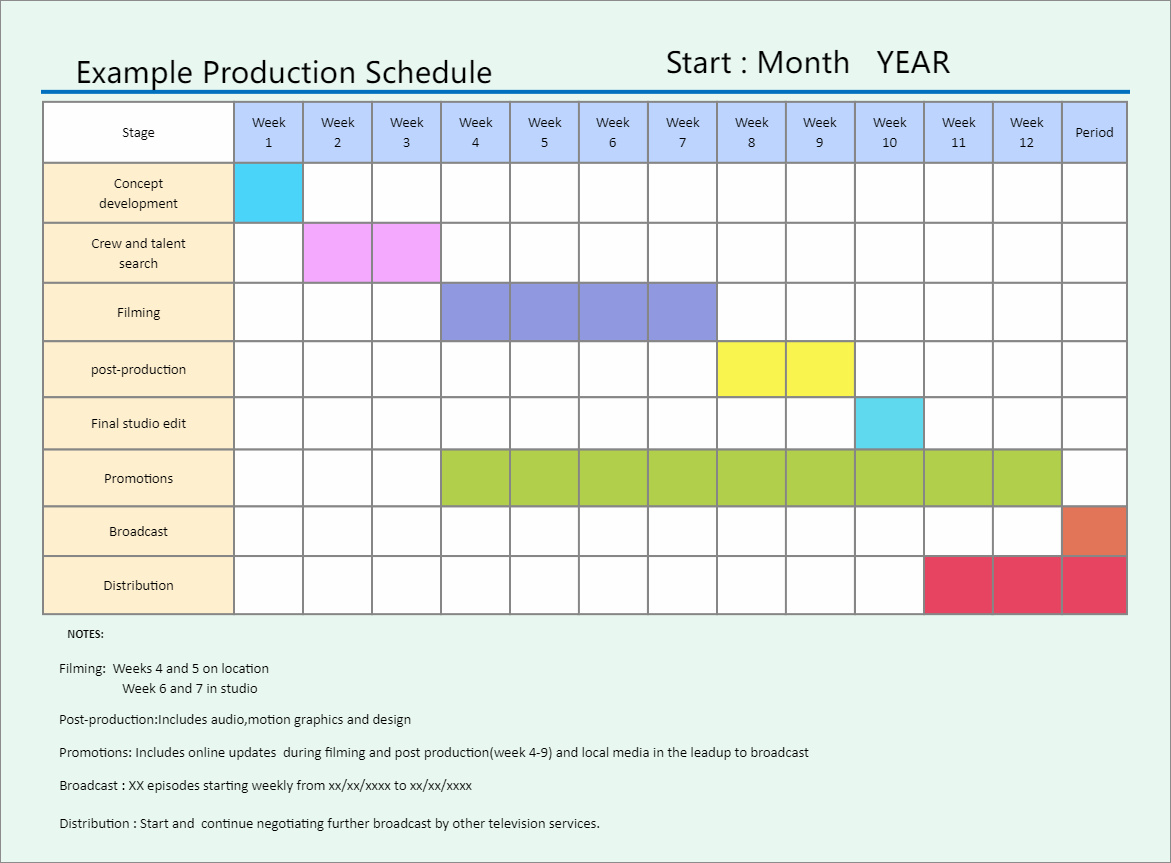
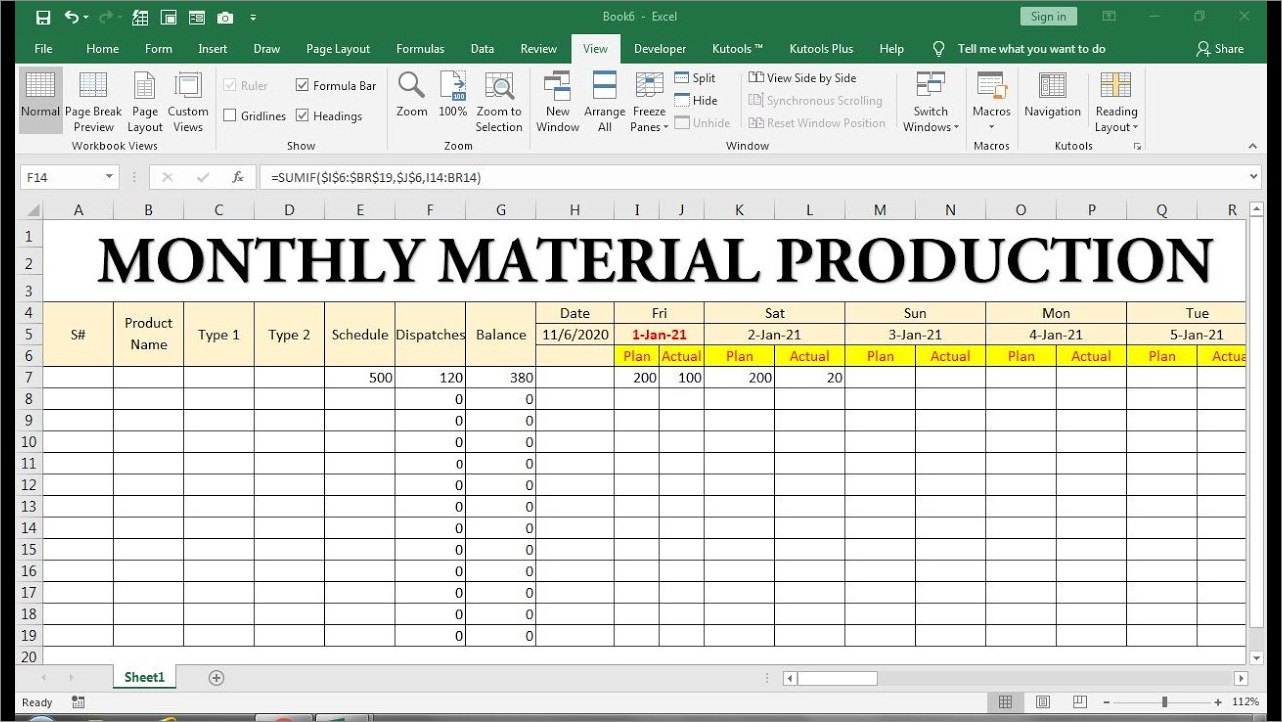
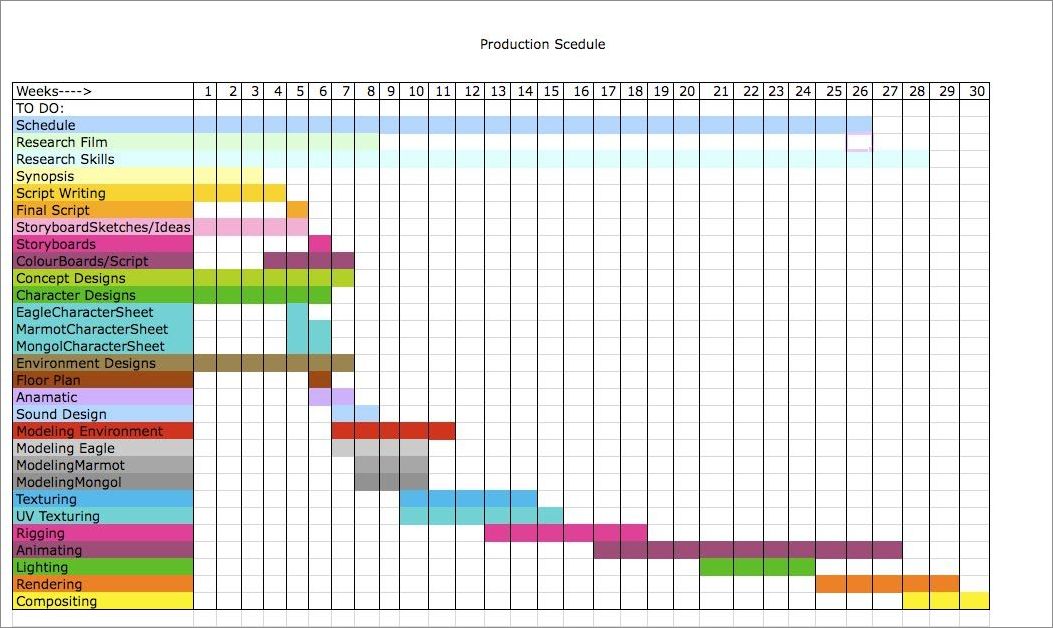
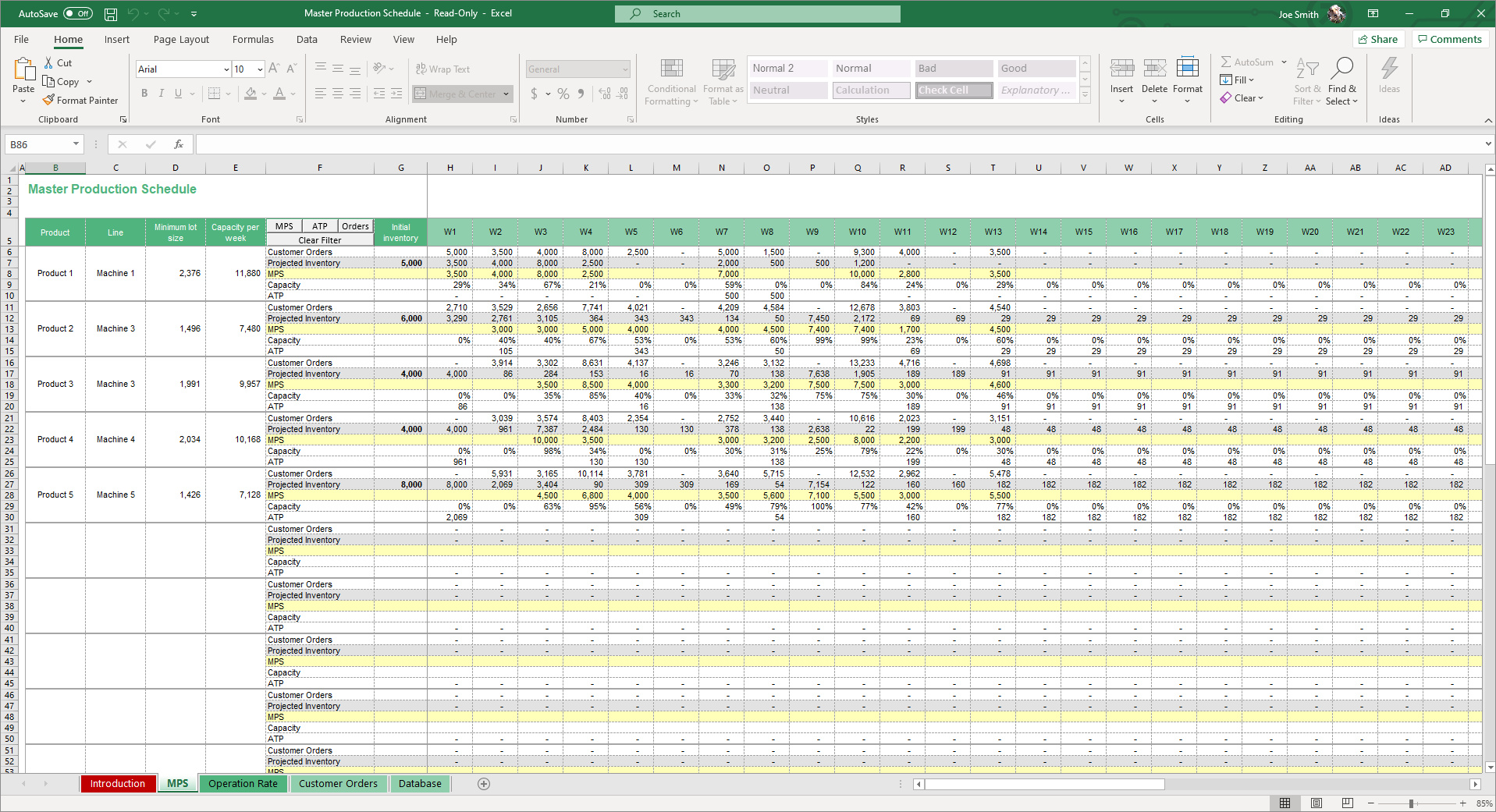
How to Create an Effective Manufacturing Schedule?
Creating an effective manufacturing schedule requires careful planning and coordination. Here are some steps to follow:
1. Define the Project Scope
Start by clearly defining the scope of the project. Understand the objectives, timelines, and deliverables. Identify any specific requirements or constraints that need to be considered while creating the schedule.
2. Break Down Tasks
Break down the project into smaller tasks or activities. Define the sequence and dependencies between tasks. Assign resources and estimate the duration for each task. Use project management techniques such as the Critical Path Method (CPM) to identify the critical tasks that determine the overall project timeline.
3. Allocate Resources
Identify the resources required for each task, including manpower, equipment, and materials. Ensure that the necessary resources are available when needed. Consider any resource constraints or limitations and plan accordingly.
4. Create a Timeline
Create a timeline that outlines the start and end dates for each task. Consider any external factors or dependencies that may impact the schedule, such as supplier lead times or regulatory requirements. Allow for buffer time to accommodate unforeseen delays or changes.
5. Communicate and Coordinate
Communicate the manufacturing schedule to all stakeholders and ensure that everyone is aligned with the plan. Regularly update and share progress reports to keep everyone informed. Foster collaboration and coordination between different teams to ensure smooth execution of the schedule.
6. Monitor and Adjust
Monitor the progress of the manufacturing schedule regularly. Track actual production times and compare them with the planned schedule. Identify any variations or deviations and take necessary corrective actions. Continuously monitor and adjust the schedule as needed to ensure on-time delivery.
Sample Manufacturing Schedule Template
Here is a sample manufacturing schedule template that can be used as a starting point:
- Task 1: Procure raw materials
- Task 2: Pre-production setup
- Task 3: Manufacturing process
- Task 4: Quality control and inspection
- Task 5: Packaging and labeling
- Task 6: Finished goods inventory
- Task 7: Shipping and delivery
It is important to customize the template according to the specific requirements of each manufacturing project.
Conclusion
A well-planned manufacturing schedule is essential for ensuring efficiency, productivity, and quality in the production process. It helps to optimize resource allocation, minimize downtime, and improve customer satisfaction. By following the steps outlined in this article and using a sample template as a guide, companies can create effective manufacturing schedules that drive success in their manufacturing operations.
Manufacturing Schedule Template Excel – Download
